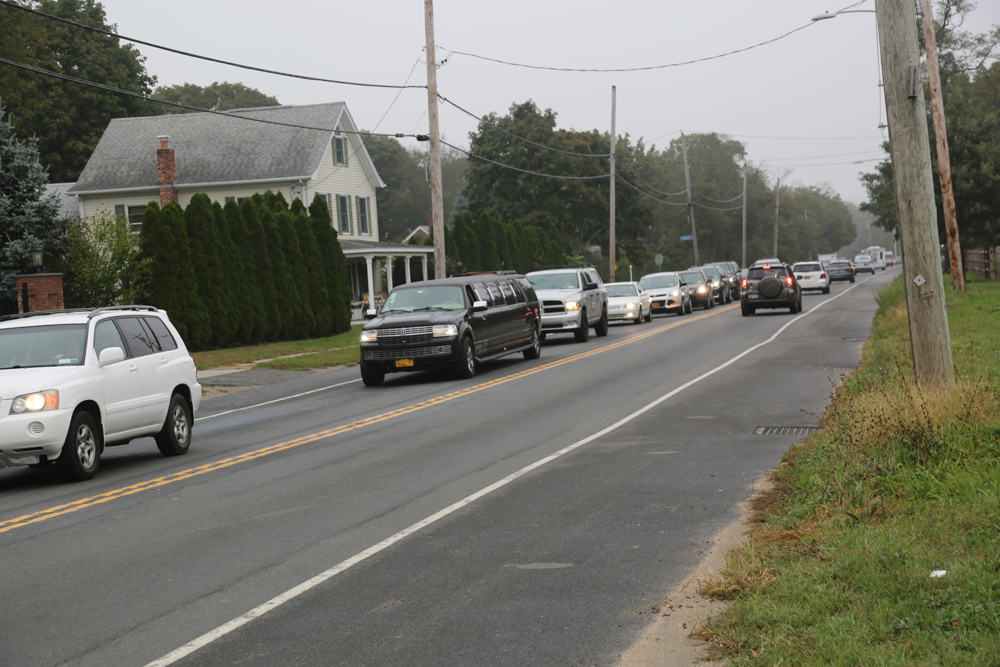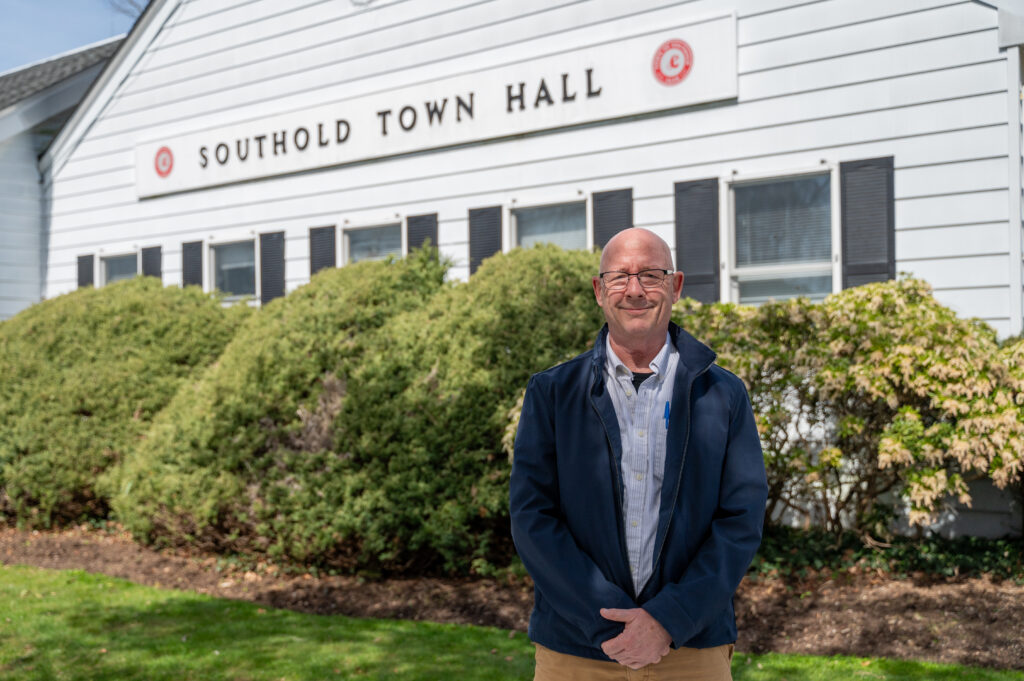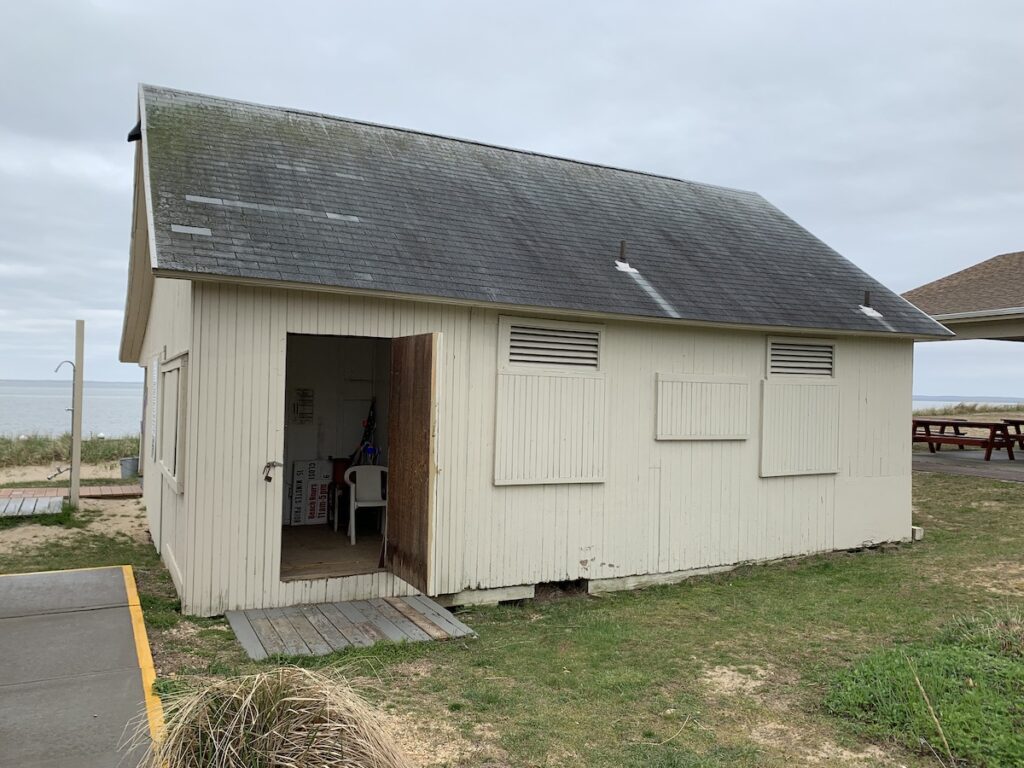What can Southold Town and the rest of the East End do about traffic?


Southold Town Councilman Bill Ruland and Supervisor Scott Russell spoke about promoting public transportation as one way to alleviate the mounting traffic problem on the East End during a Mattituck-Laurel Civic Association meeting last week.
“We have too much of a volume for a community that doesn’t have the infrastructure,” Mr. Russell said, “and this is where you need to shift the conversation to public transportation.”
He said that in 2009, all five East End towns plus all the villages were working on solutions as part of the East End Transportation Council, which resulted in a study by the U.S. Department of Transportation’s Volpe National Transportation Systems Center.
That study, Mr. Russell said, needs to be updated and expanded in breadth. It was created in conjunction Five Towns Rural Transit, a nonprofit advocacy group, to ease traffic flow through reliance on rail and shuttle services.
Teresa McCaskie of Mattituck, a member of the town’s helicopter advisory committee, said municipal parking also needs to be expanded.
“Is the town looking at purchasing any additional property, say, within the vicinity of the train station? … Something on [Route] 48, or within easy walking distance to the train station that can be used as public parking, with a gate, for a fee?” she asked.
Mr. Russell said the town looks at every available opportunity. Mr. Ruland added that the zoning of some parcels makes the process difficult.
The town’s original zoning map was based on the premise that the train would still be geared toward industrial uses like Penny Lumber, Mr. Russell said.
“That’s how they used to get their deliveries. Most of the property along the train — not all of it, but a great deal of it, town-wide — is actually zoned industrial to the north and to the south. That puts it into a price category that makes it less than feasible for municipal parking, but again, opportunities open up, we jump on them,” the supervisor said.
As for railroad service expansion, Mr. Russell said it could still be a far-off dream due to challenges with the MTA.
“The problem with the MTA is they say, ‘look, we don’t give you trains because you don’t have the riders.’ Our argument is, ‘well, we don’t have the riders because we don’t have the trains.’ ”
Also discussed at length was the traffic situation at the Love Lane intersection. The town has commissioned a broad study, Mr. Russell said, to focus not only on traffic control, but land use and safety impacts of potential solutions for the intersection. The town enacted a six-month moratorium in February on the issuance of approvals and permits on Main Road. It extends from Bay Avenue to Pike Street. The moratorium may be extended after the six months.
“Sometimes you need to go past that site plan review process, which is a little too narrow in scope, to get a sense of a larger picture,” Mr. Russell said.
Other prospective changes and plans that were tackled by the panelists and community members on Tuesday:
• Requesting the town’s Transportation Commission erect a stop sign at the foot of Bay Avenue where there is an ADA-accessible crosswalk, but no mandated stop sign.
• Promoting the existence of the S92 bus, which costs just 75 cents for seniors over 60.
• Requesting “Share the Road” signs by the State Department of Transportation, to ensure that drivers affirm cyclists’ right to the road.
• Pushing for heightened traffic enforcement, particularly in congested areas.
• Building relationships between police and business owners.








